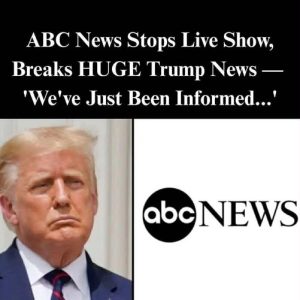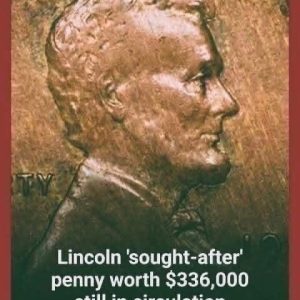In the run-up to the announcement, there was a wave of speculation across social media, political commentary, and insider chatter. Analysts dropped vague hints, and political operatives made cryptic remarks, while supporters voiced confident predictions. This swirl of conjecture created mounting suspense: everyone sensed something big was coming from Trump, yet no one agreed on what it might be. The lack of clarity fueled a digital echo chamber in which every new whisper heightened anticipation. Across the political spectrum, people tried to interpret the signals — but real understanding remained elusive, until the moment of truth.
That moment arrived on Sunday morning, when former President Donald Trump shattered the suspense. Via a post on Truth Social, he confirmed the rumors by announcing that he planned to give every American a $2,000 “tariff dividend.” He claimed this money would not be paid for by new taxes or extra government spending; instead, it would come entirely from the revenue generated by his aggressive tariff policies. The announcement hit like a thunderclap — to his supporters, it promised economic relief, while critics immediately raised questions about whether it was feasible. In a few lines, Trump shifted the conversation from speculation to serious debate.
Trump framed the dividend as proof of his continued loyalty to working-class Americans. He cast himself not as a defender of the elite, but as a populist leader returning value to ordinary people. He argued that his tariff regime, which imposed steep duties on imports, had generated so much revenue that it justified giving back to the public. By calling the payment a “dividend,” he reinforced the narrative that Americans were simply getting their fair share of the benefits his trade policies produced. For his base, this rhetoric was powerful — fitting neatly into his long-standing image as a disruptor who reclaims power for ordinary citizens.
Yet the announcement drew immediate skepticism from economists, analysts, and political opponents. Many questioned Trump’s assertion that tariff revenue alone could underwrite such a massive, universal payment. Critics pointed out that tariffs often place the burden on American consumers, not foreign exporters, and that the revenue available for redistribution may be far less than Trump implied. They also raised logistical concerns: distributing a $2,000 check to every American would require legislative approval, a bureaucratic apparatus, and legal authority — none of which necessarily align with Trump’s portrayal of the process as automatic or seamless.
Public confusion deepened around Trump’s reference to a “requirement” for receiving the dividend. He used the word without clarifying what he meant — would people need to apply? Would there be eligibility criteria? Or would payments be automatic? Because of this vagueness, people interpreted the announcement through partisan lenses: supporters saw a bold, generous promise; opponents viewed it as a symbolic campaign flourish; and many average citizens struggled just to understand what was being proposed. Media outlets rushed to parse his language, but clear, concrete details remained missing weeks later.
At its core, Trump’s proposal illustrates his knack for commanding national attention — even through brief announcements on his own platform. Whether the tariff dividend becomes an enacted policy or remains a rhetorical move, it has already shifted the discourse. The idea of using trade policy to deliver cash to citizens has captured imaginations during a time of broad economic uncertainty. Reactions have been split: some cheer for the potential financial boost, others demand greater transparency, and many remain skeptical of its realism. Regardless, the $2,000 figure now looms large as both a potent symbol and a hot-button policy issue. Trump has reignited debate about tariffs, populism, and the nature of economic redistribution — a debate that will likely continue as details (or lack thereof) play out.



